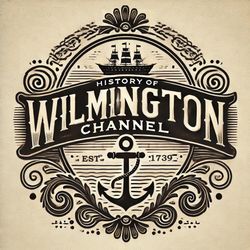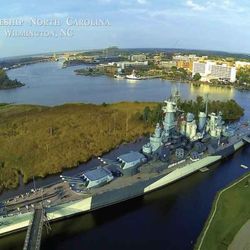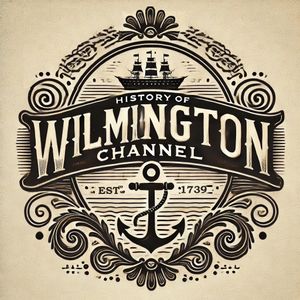Latest episode

4. Cape Fear Memorial Bridge Replacement
11:28||Season 1, Ep. 4The Historic Wilmington Foundation is concerned about the North Carolina Department of Transportation's plans to replace the Cape Fear Memorial Bridge, as the project could negatively affect the Wilmington Historic District. They are evaluating three replacement alternatives with varying vertical clearances and impacts. Alternative B, a 135-foot fixed-span bridge, poses the most significant risk, potentially requiring demolition of historic buildings and negatively altering the area. The organization advocates for Alternative C, a 100-foot fixed-span, because it fits within the existing footprint, minimizes impact, and meets current navigational needs, especially given the waterway's depth restrictions. They argue that focusing on a higher bridge clearance is unnecessary due to existing depth limitations, which already hinder larger vessels. The foundation suggests acquiring the old Kinder Morgan site for future development instead of prioritizing a high bridge that could harm the historic district.
More episodes
View all episodes

3. USS North Carolina Introduction
03:23||Season 1, Ep. 3
2. Cape Fear Memorial Bridge Replacement
14:51||Season 1, Ep. 2Our hosts discuss the replacement of the Cape Fear Memorial Bridge in Wilmington, NC, focusing on topics related to infrastructure, transportation, community and historical neighborhood impact, and the planning and execution of the bridge replacement project.
1. History of Wilmington Pilot Episode
13:56||Season 1, Ep. 1In this Podcast episode we deep dive the book "A Brief History of Wilmington, North Carolina." which chronicles the city's growth and development from its founding in 1733, exploring its economic shifts, its role in the American Revolution and Civil War, and its cultural and social transformations. The excerpt highlights Wilmington's unique connection to naval stores, the cotton industry, and its significant contributions to the Confederate war effort, ultimately leading to the city becoming known as the "Lifeline of the Confederacy." It concludes with a focus on Wilmington's post-war era, emphasizing its African-American community, its industrial development, and its emergence as a major tourist destination.
